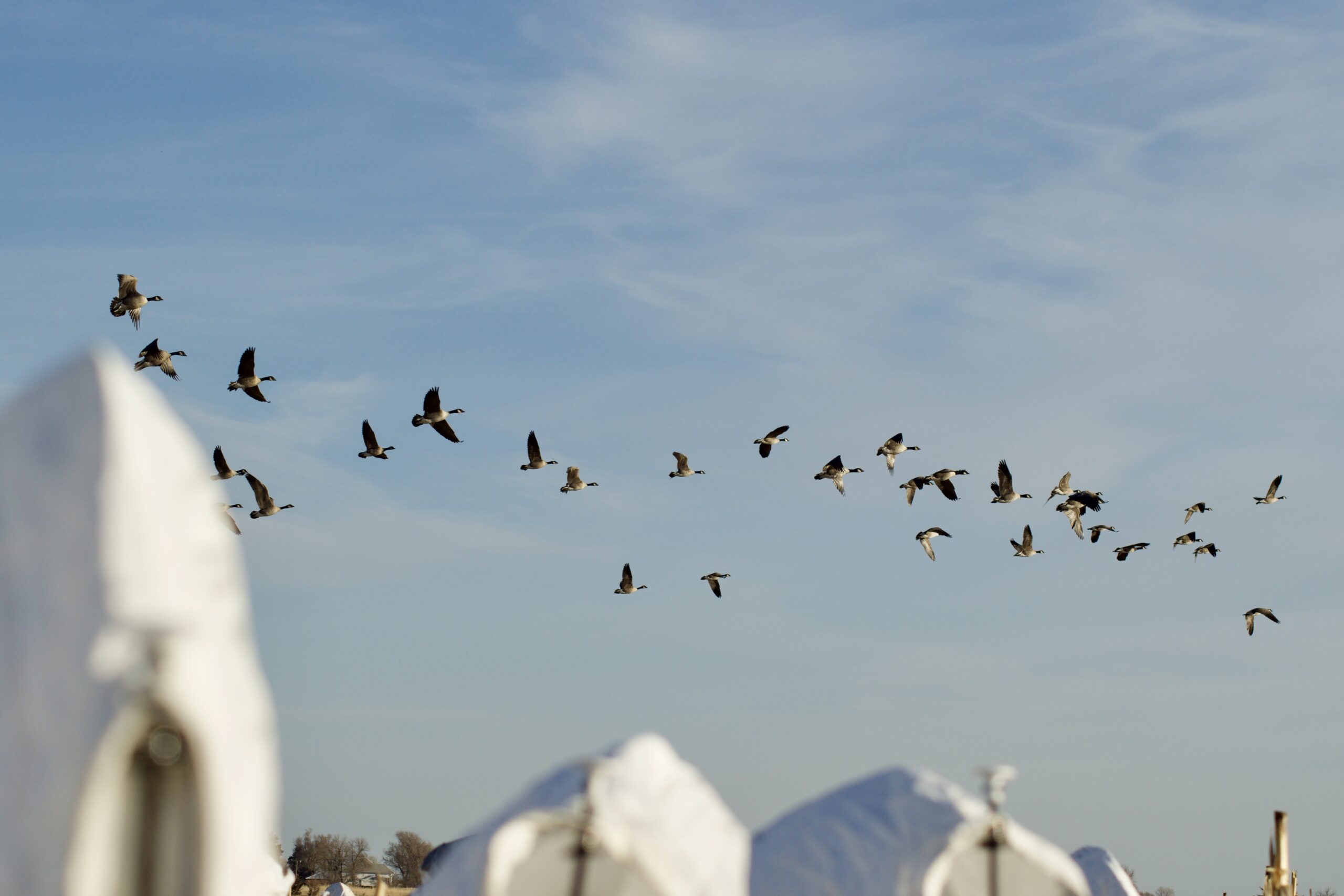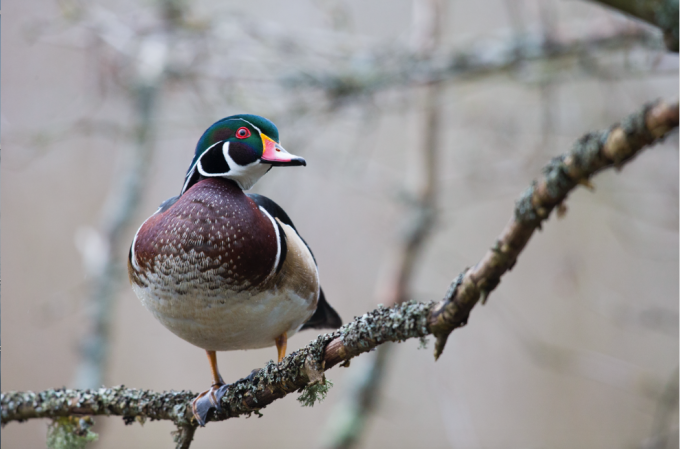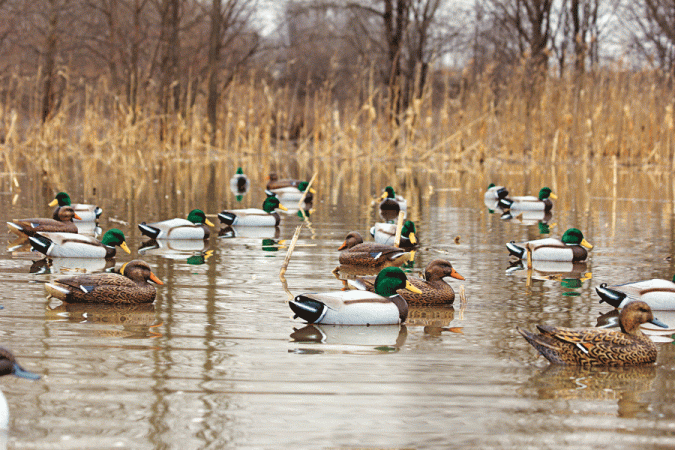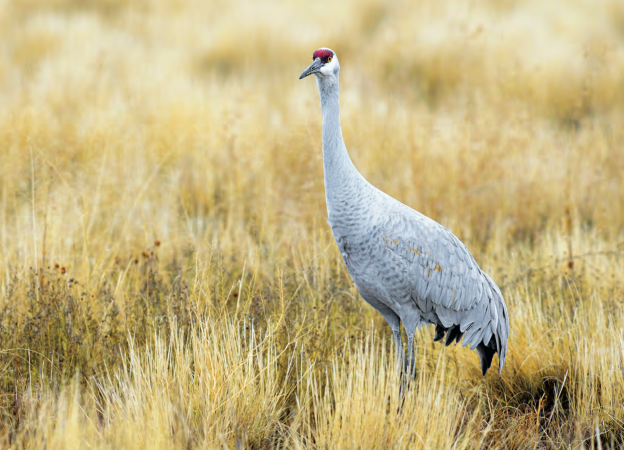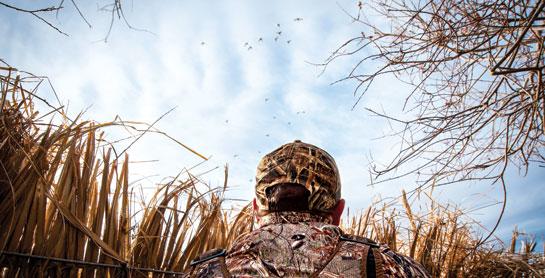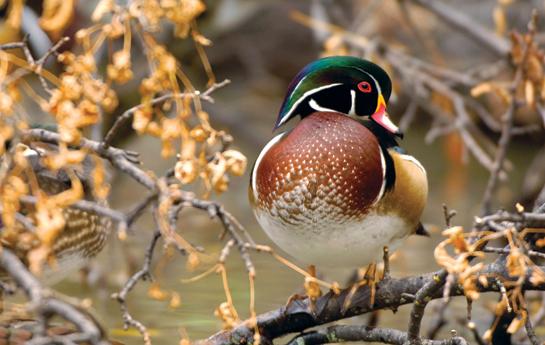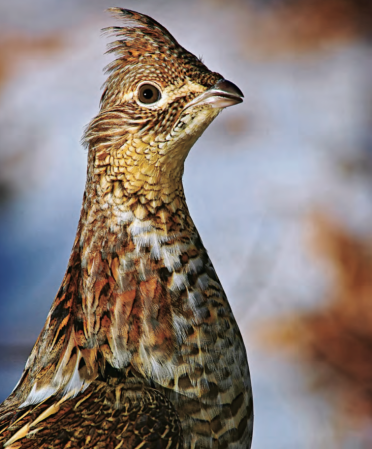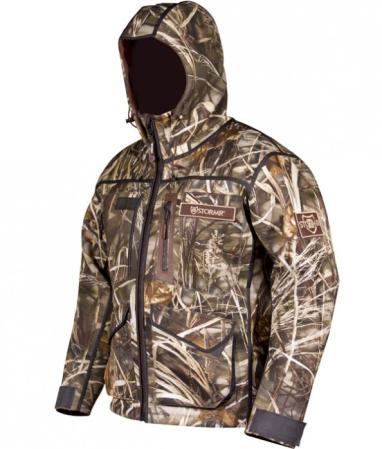Grant Doyle has hunted ducks and geese in central Kansas for over a quarter-century, and he’s developed a very personal understanding of the phrase “the way things used to be.”
Duck and goose hunters are no strangers to change. Birds shift migration patterns, populations rise and fall with the unpredictability of available water in the Prairie Pothole Region, and the way we hunt has changed too. But the brand of change that has Doyle longing for the “good ol’ days” is different.
“The hunting here has changed so fundamentally from even just five or six years ago,” says Doyle. “There is so much competition for places to hunt. Commercial operations are paying guys to be out scouting every morning and every night, so as soon as a duck or goose sets as much as a foot down on a field, there are three trucks there calling the landowner offering money in order to lock up the field for [their] clients. It has changed the game, and I don’t think it is ever going back to the way things used to be.”
Outfitters Are Having a Definite Impact on How Freelancers Hunt
Central Kansas isn’t the only location that has seen a surge in outfitters. Oklahoma private land is locked up tighter than a flock of juvie snow geese, and it’s near impossible to get access anymore by knocking on a farmer’s door unless you have a wad of cash in hand. As for Missouri, Nebraska, the Dakotas? More outfitters seem to be popping up and running large groups of clients after ducks and geese day after day. The impact on freelance hunters in the area takes its toll. What’s more, the birds feel the pressure, too.
“If we think of how waterfowl react to hunter disturbance, or pressure, on the first day of the season compared to even just the second or third day of the season, we can get an idea of how this disturbance impacts their behavior. They may have bird brains, but they don’t like getting shot,” says Tom Bidrowski, Migratory Game Bird Program Manager for the Kansas Department of Wildlife and Parks.
Not all pressure is created equally, Bidrowski adds. The time of the year, quality of habitat, the condition and experience of the birds, and the number of hunters providing the disturbance all factor into the response displayed by waterfowl.
“This is especially true for birds that are further along in their migration,” he said. “If they cannot rest or feed undisturbed, they are going to move on, or they will seek more secluded habitats that are inaccessible by hunters where they will build energy stores necessary for migration and then they’ll move out of the area. Or in the case of a wintering mallard population here in Kansas, the birds will shift to roosting out in the middle of a large reservoir and then feed at night. It’s a survival mechanism.”
While waterfowl have the ability to move on to greener pastures and escape the pressure, freelance hunters—constrained by time and money—often do not. Working within a limited area becomes even more difficult when outfitters lease or purchase ground that was once an option for hunting.
“I can’t compete with what the outfitters are paying to grab land, so I’ve stopped doing a lot of the kind of hunting I used to do,” says Doyle, a waterfowl taxidermist and decoy maker. “I primarily hunt public ground, where the pressure can still be insane, so I’ve had to really change when I hunt and the types of birds that I target.”
And in some cases, outfitters are purchasing ground to develop into the kind of food and water resources needed to draw birds into an area.
Missouri is a prime example of this. Commercial and private clubs, particularly in the north-central part of the state, have covered thousands of acres with flooded corn, moist soil units, and other prime duck real estate. The Missouri Department of Conservation has also dedicated serious dollars to creating and enhancing public wetlands. All of this farming has resulted in attracting more ducks to the state. In fact, Missouri is the only state in the Mississippi Flyway that has increased its long-term average of ducks killed since 1999. Every other state is either holding steady or trending down in the average number of ducks killed per year.
But when outfitters create better habitat for birds, it also leaves a lot of other hunters on the outside looking in (or at least that’s the perception).
“There’s definitely a divide between public-land or freelance hunters that used to get on the properties now held by private-land hunters,” said a Missouri waterfowl manager, who asked to remain anonymous because of his ties to the hunting industry. “Public guys are jealous that the private guys are shooting all the ducks they once had access to. But in certain parts of this state, the investment private landowners have made in waterfowl habitat is what brings so many ducks here.
“The smart hunters who don’t have the money to buy land, buddy up with the private-land guys, and work with them to improve their properties so they can get on a few good hunts each fall. The rest just bitch about how the rich hunters are hoarding all the ducks.”
The Pay-to-Hunt Model

Central Kansas is home to a pair of significant historical stopping points for migrating waterfowl: Cheyenne Bottoms Wildlife Area, which is managed by the Kansas Department of Wildlife and Parks, and the U.S. Fish and Wildlife Service’s Quivira National Wildlife Refuge. Combined, the two parcels of ground provide more than 20,000 acres of wetlands used by hundreds of thousands of migrating ducks and geese, which feed in surrounding fields of harvested small grains, corn, and winter wheat.
In the past decade, the hunting opportunities in this region have found their way into the national spotlight due to magazine articles, outdoor TV shows, and social media. All of this has helped Kansas become a go-to destination for hunters from around the country. Which means there’s money to be made there.
“The commercial hunting business has grown dramatically over the past decade, and I don’t think that it is going away. I do think that it is a change that has altered the entire culture of hunting,” says Mike Miller, Information and Education Section Chief with the Kansas Department of Wildlife and Parks. “We now have a customer base out there willing to pay to access quality habitat to hunt waterfowl, or to hunt deer, or to hunt upland birds, or whatever, and it has changed things on the Kansas landscape, in terms of hunting.”
Kansas hunters are not alone. Throughout the four major waterfowl migration flyways—Atlantic, Mississippi, Central and Pacific—duck and goose hunters are coming face-to-face with the reality of a changing cultural landscape, one in which they need to adapt their strategies for harvesting waterfowl, lower their expectations for what it means to have a “successful” day, or start to pay to play.
“This isn’t a new challenge for waterfowl hunters; it’s that commercial hunting is now chipping away at hunting cultures in new places,” explains John Cooper, a veteran waterfowl hunter, former U.S. Fish and Wildlife law enforcement officer with boots-on-the-ground experience across the flyways, and former secretary of the South Dakota Department of Game, Fish, and Parks.
For example, hunting in Illinois looks much different today than it did 40 years ago. Back then, there was plenty of access to the Illinois River, which was a major flyway for migrating ducks and geese. Now, most all of that access is gone due to private clubs and outfitters purchasing or leasing the land. It also dropped the quality of duck and goose hunting in the state outside the levees of those clubs.
Overhunting also played a role in the fall off of Illinois waterfowl hunting. Southern Illinois was once the mecca for Canada goose hunting. Towns like Cairo boomed with outfitters and hunters. But after decades of goose killing, the birds stopped coming. There are no notable populations of honkers in that part of the state anymore. You can argue that the degradation of Illinois River waterfowl habitat caused the change, but hunting pressure—i.e. too many outfitters running too many clients every day of the season—shares that blame as well.
“Illinois is a perfect example of how this story typically unfolds,” said Cooper. “At one point, Illinois really had a variety of opportunities for hunters along the Illinois River or down by Cairo. The clubs and commercial operations were not all that prevalent. They were there, but there were still a lot of places where freelance hunters could find access up until the 1970s and early ‘80s. Then the shift began, and private clubs and commercial operations became very good at leasing areas used by waterfowl for roosting and feeding. The opportunities shrunk and became controlled by the people who could make money off of it.”
The Impact of Hunting Pressure
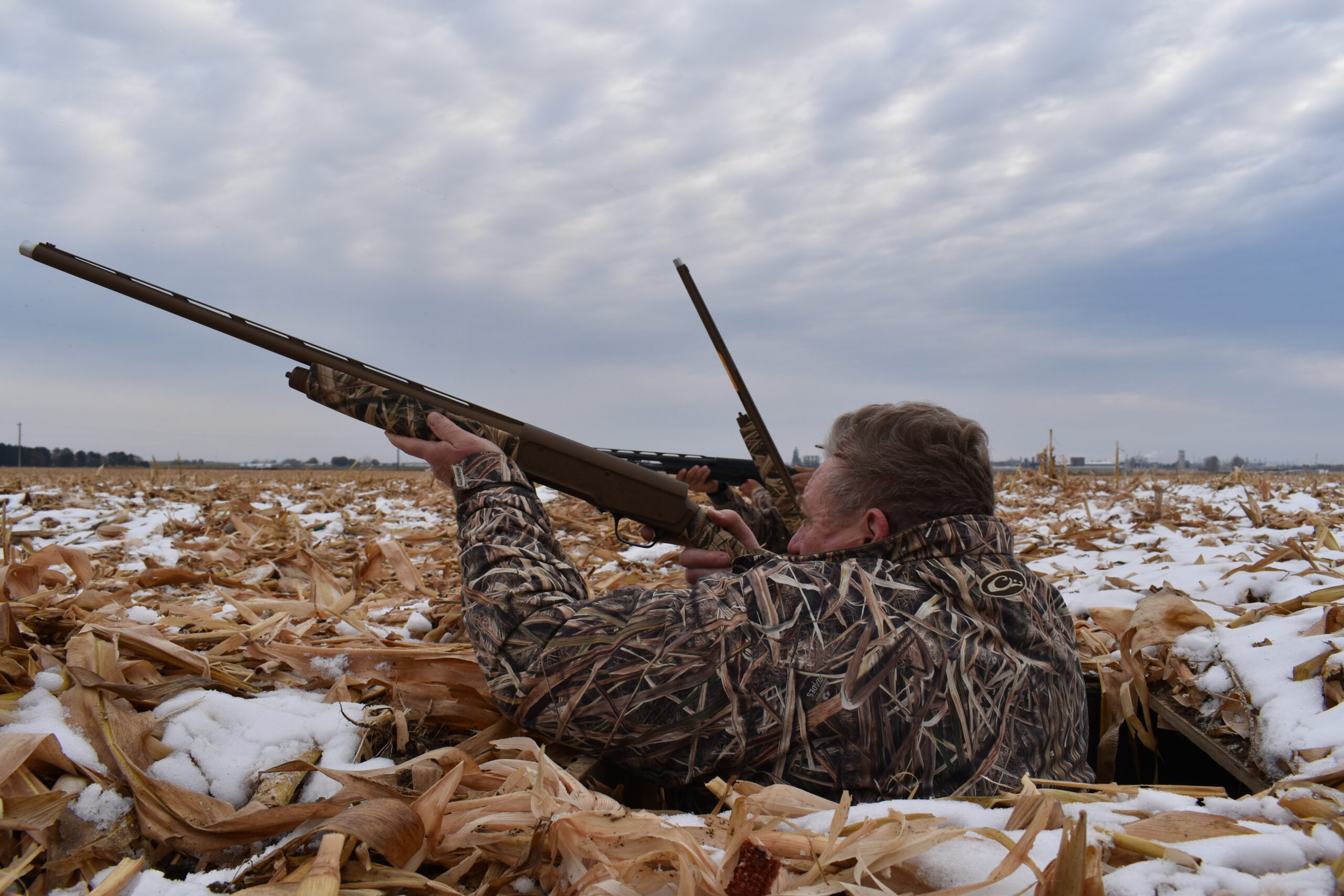
The loss of access to private ground isn’t the only issue when considering the impact that commercial waterfowl hunting operations are having on hunting opportunities. There is also the significance of hunting pressure and what, if any, connections can be made between changes in bird behavior and the success (or lack thereof) freelance hunters are having in areas that have been inundated with outfitters.
There are few states that feature more pay-to-play operations than Arkansas. Luke Naylor, Waterfowl Program Coordinator for the Arkansas Game and Fish Commission says that there is no definitive study on hunting pressure and the impact on bird behavior, bird distribution, or hunting success.
Those links that waterfowl managers can make are largely based on anecdotal evidence: waterfowl feeding in different fields from day-to-day instead of establishing a pattern; birds skirting the edges of decoy spreads, flaring off spinning-wing decoys or otherwise not committing; waterfowl becoming non-responsive to calling; and ducks and geese going to a nocturnal feeding schedule are all behaviors that hunters ascribe to too much pressure.
“It is a part of waterfowl hunting that is so hard to study, but our aerial surveys do provide us with some unique observations,” says Naylor. “What we’re finding is that it doesn’t take long for ducks to discover how to adapt to pressure and survive.”
Over the last several years, Naylor says aerial surveys conducted shortly after the start of the season show ducks consistently shifting to areas where there is absolutely no sign of hunting activity. That behavior is only going to increase as more hunters come to an area where waterfowl are prevalent. The more human impact on the landscape, the more wary ducks become.
“[Ducks] are not sitting in a rice field with a pit blind sunken in the levee, or one with ATV tracks running all around it,” he says. “Instead, you’ll find them in some oddly-shaped field bottom that is flooded and full of weeds. Ducks are finding those places where they can stay away from pressure and make do with the food resources at hand.”
It Takes Money to Manage Waterfowl Habitat

Hunting clubs and outfitters are aware of this duck behavior, Naylor says, and managing hunting pressure and providing sanctuaries that are not hunted has become essential to influencing where birds feel comfortable and thus want to spend more time.
So has providing high-energy food resources through the managed flooding of moist-soil crops, like smartweed and millet, or by flooding un-harvested crops like corn—a practice that has drawn the ire of hunters who believe that ducks are changing their habits in response to availability of large amounts of food.
“We do not have any evidence that these areas of flooded standing corn are changing large-scale patterns of duck migration,” says Naylor. “It gets more complicated when you talk about things at the local level. When you have an abundance of high-energy food resources combined with limited hunting pressure, there may be some impact on duck distribution. That’s not meant as criticism, because we are trying to provide the same high-level food resources and rest areas on our state properties.”
Hunters who do not have access to privately-managed properties do want to level the playing field on public ground, but that takes money.
“Money,” says Kyle Spragens, Waterfowl Section Manager for the Washington Department of Fish and Wildlife. “It costs a lot of money to actually manage habitat for waterfowl.”
In Washington, state funds generated through license fees are dedicated to improve wetlands for waterfowl, Spragens explains, but those funds have been static for over a decade. The cost of fuel for tractors, seed, and labor have not remained flat. That means the state is spending the same amount of money, but getting fewer acres of habitat in return.
“Some commercial guiding outfit or high-end private duck club investing tens of thousands of dollars [or more] to put water and food on the ground has a big leg up on what we can provide,” says Spragens. “We keep looking for ways to bridge that, but I don’t think that’s going to solve things. Based on the prices people are willing to pay for access, there is a really high demand for that kind of hunting.”
The Outfitter’s Perspective

From the windows along the south wall of Habitat Flats’ main lodge, clients can watch the daily movements of the thousands of ducks and geese that stop annually in this part of Missouri on their trip from the Canadian prairies and the Dakotas to points south. Lodge co-owner Tony Vandemore and a team of guides have developed the surrounding acres into pristine puddle duck habitat. Many of his neighbors in Sumner, Missouri, are implementing intense habitat management as well. These efforts have created some of the best duck hunting in the Mississippi flyway during certain times of the season.
Videos of Vandemore working on the property frequently appear on social media platforms. From building blinds to planting corn that will eventually be flooded to attract thousands of mallards, the year-round effort that goes into creating and managing habitat is as much a part of the Habitat Flats brand as the hunting.
“Habitat Flats started out as a sketch on a napkin. A lot of hard work took that dream and made it a reality,” says Vandemore. “And that hard work continues every off-season in order to create hunting opportunities in the fall. Nothing has been handed to us.”
The result is two lodges (one just outside Sumner, the other near the Grand Pass Conservation Area) brimming with clients who pay nearly $3,000 for a three-day, three-night stay. When your clients are paying that amount of money, there’s pressure to be successful, which Habitat Flats has done for more than a decade. That success has created an even greater demand, leading the outfit to expand its habitat footprint, which puts even more attention on Habitat Flats. It’s a focal point of frustration for hunters both in the state and further down the flyway, who think that the habitat work Vandemore and the other owners have done to attract ducks is short-stopping birds.
At the end of the day, Vandemore says, Habitat Flats is providing a service for hunters because they have the financial means to do so, but their intent isn’t to make the duck hunting worse for the folks around them.
“Our clients tend to be people who don’t have time to freelance and look around for a hunt on their own,” says Vandemore. “Or they don’t have time to manage a lease of their own, or those who don’t want to leave their house at two in the morning to stand in line for a draw at a public hunting area only to get left out and not have a place to hunt. They have limited days to hunt, and they want to make them count.”
The Freelance Duck Hunter’s Perspective

There are few locations across the flyways that remain a secret if ducks are abundant. Oklahoma is a prime example. Thirty years ago a local duck hunter could door knock for access and hunt ponds for puddle ducks or setup on Canada geese in a peanut field. That no longer exists because word got out about the fantastic hunting there. Now there are well-funded outfitters who compete with one another for fields, driving the price so high that local hunters are priced out.
“I know some guys that just stopped duck hunting, because they were sick of fighting for the places they grew up hunting,” says an Oklahoma native who lost access to nearly all the ground he hunted as a kid, and asked not to be named. “It’s a shitty deal for those of us who are from here, but how can you blame a farmer for taking $1,000 per day from an outfitter? You can’t.”
The real problem for most freelance hunters is there are simply too many outfitters doing a poor job of trying to emulate what Vandemore has created in Missouri. They are selling hunts but they aren’t doing the work to create the habitat that attracts ducks. Habitat Flats has improved habitat exponentially, which ultimately, benefits the ducks most of all. Too many outfitters are just paying for access to harvested fields, running as many clients as they can, putting money in their pocket, and not giving anything back to the ducks or to the local area, says the Oklahoma freelancer.
“It’s the wild West out here,” he says. “Guys fighting over fields, just so they can say they killed a pile of geese. It’s ruined waterfowling for a lot of folks here. I don’t blame any one person for causing this. It’s just a bad situation and it’s not good for duck hunting.”
Read Next: Why Do Duck Hunters Despise Each Other?
Freelance or Pay to Hunt?
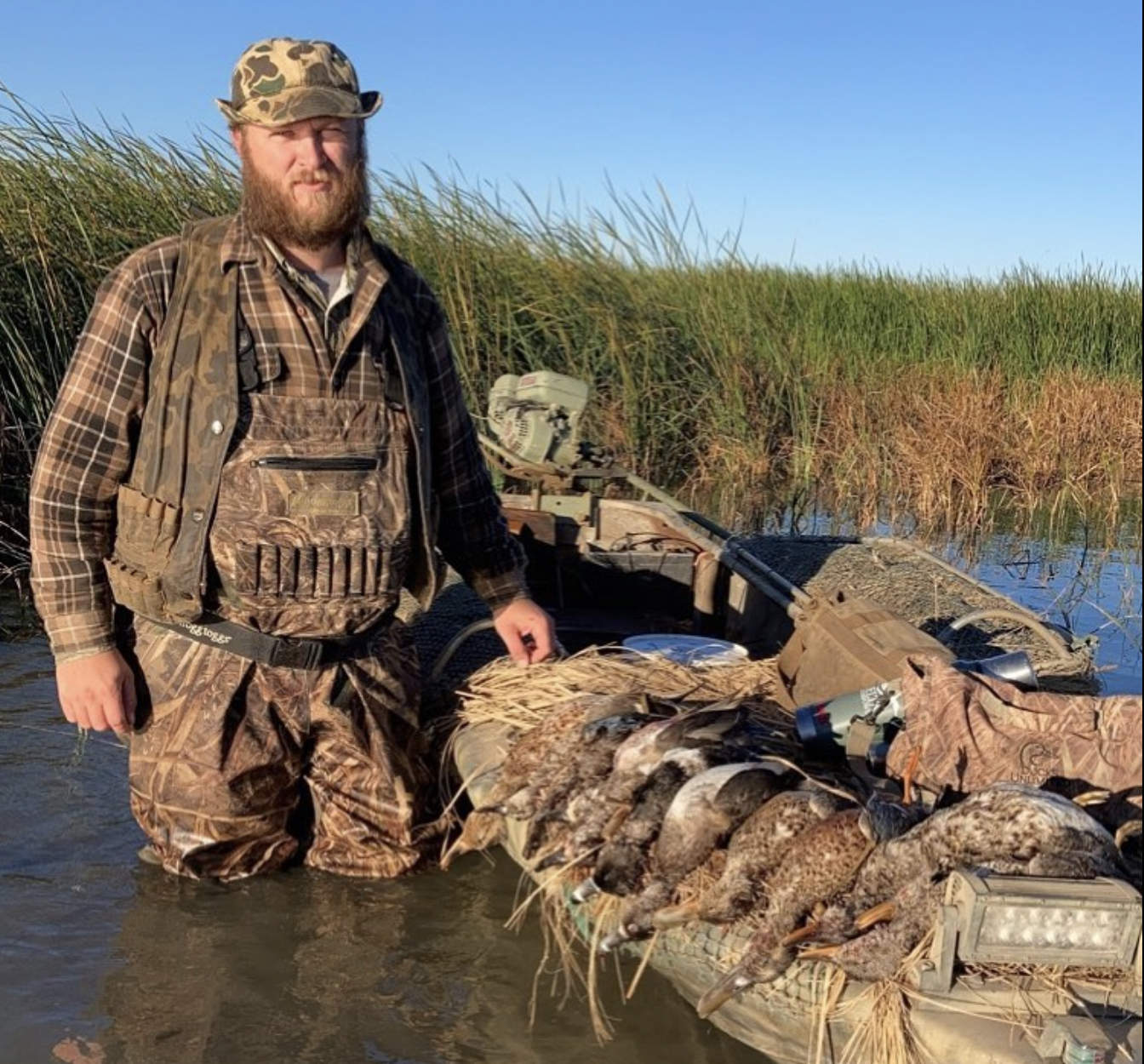
Back in Great Bend, Kansas, Doyle is teaching a hunting and safety certification course to young hunters. Graduates of the class are sent off with knowledge on gun safety and hunting ethics. Doyle holds hope that they can all find a place to hunt. Ironically, their parents may choose to hire Doyle’s brother, who has started guiding hunters in the region.
“I give him crap about it all the time,” says Doyle. “He tells me that he’s doing it to make connections to landowners and make some money so that he can afford a place for his own kids to go some day. That’s his choice, I guess.”
It’s a choice all waterfowl hunters must face sooner or later. They have to weigh the cost of paying an outfitter, gate fees, or leases against the frustration they will face trying to ask permission on a field or compete for ducks in a crowded public marsh. The first option is expensive, the second costs you time, and possibly your sanity. It’s not an easy predicament to navigate, particularly if you’re an average weekend hunter looking for a good shoot. It’s also making enjoying a morning of duck hunting more and more difficult, which is worrisome for the future of waterfowling. After all, how long is a hunter with poor access and few ducks going to stick with this sport?

